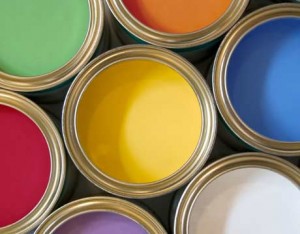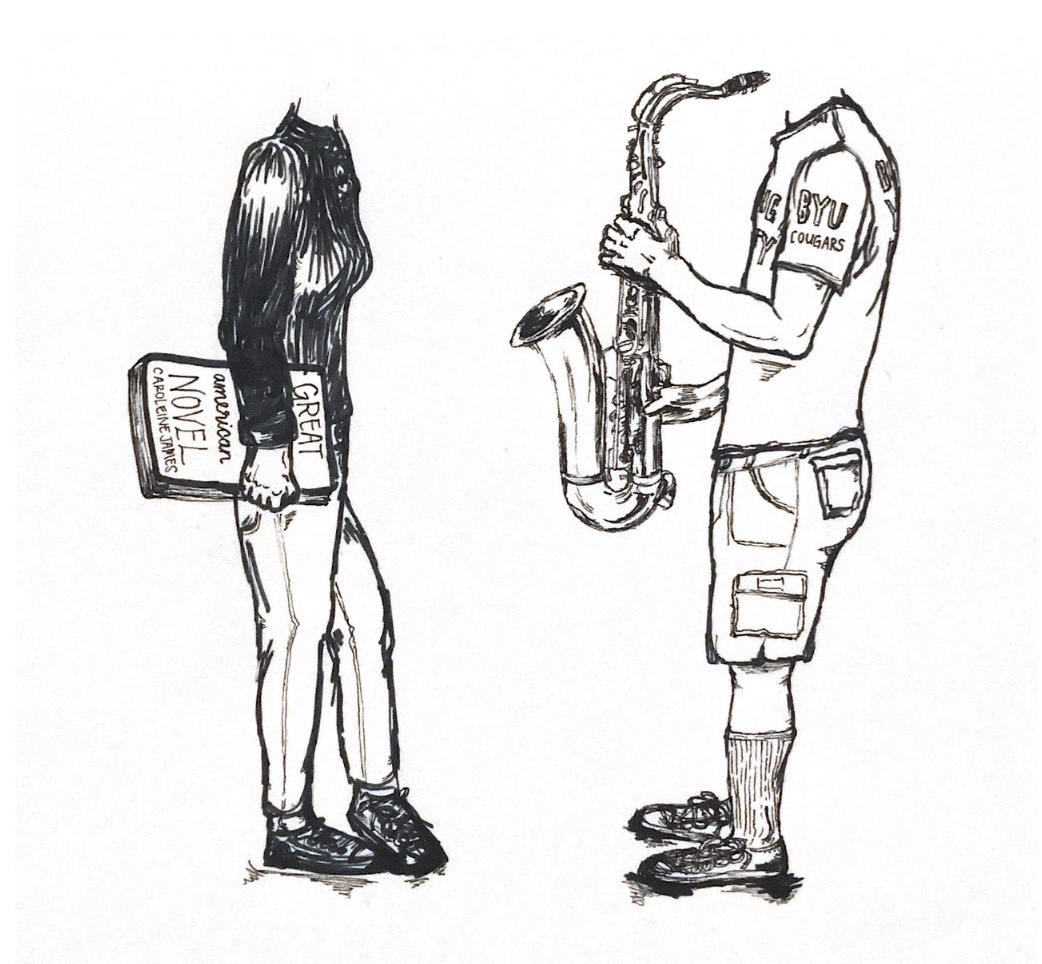
The starving artist survives on canned beans and spends his or her pinched pennies on canned paint instead. The image is familiar, clichéd. Yale’s undergraduate Art students are by no means starving, but they face far higher expenses than our other majors do. Liberal arts universities such as Yale pride themselves on their ability to offer students nearly absolute freedom in crafting their academic careers. But for Art students at Yale, this freedom comes with a price tag – literally.
Yale Art majors have been known to purchase up to $1000 in materials for a single class. Art major Chika Ota ’11 never spends less than $200 on materials each semester; she adds that oil painters and photographers often spend upwards of $500. Art materials are generally more expensive than course books, and they don’t come used. Moreover, art students often feel that the highest quality materials make the highest quality art; if they can’t afford them, they’re at an artistic disadvantage.
In addition to the costs of buying personal materials, most art classes at Yale require an extra class materials fee. These range from $25 to $150 – the more advanced the class, the steeper the price.
Most art students finance their own work through jobs during the school year. Ota has two jobs that help cover the costs. Another art student, Fidel Gurrola ’12, has a job at the Art School and digs into his personal savings if his salary alone can’t cover the cost of supplies.
Resources like the Digital Media Center for the Arts (DMCA), a building on York Street that houses top of the line technology for audio, visual, and printed work, also come with price tags. In the DMCA students can rent digital cameras, digital video cameras, microphones, field lighting and recording equipment — but they must pay to do so. According to Ken Lovell, the Associate Director of the DMCA, this is the school’s way of showing tough love. The facility exists, he explains, “to train people to do the work themselves” instead of paying someone else to do it for them, ultimately helping them to become more self-sufficient artists. He said, “their mission is to show you how to do your work, not to do your work for you.”
Even keeping that in mind, it’s hard to imagine how students on financial aid could afford to take Yale’s undergraduate art courses. Though the school often subsidizes academic books for students on financial aid, they will not chip in towards the costs of art fees or materials. Van Assen, a member of the Art School faculty, explains that it would be difficult for Yale to fund undergraduate work because the costs of projects can vary so greatly between classes and students. “Some person might require a lot of material, and another person very little and both could be equally good for equal reasons. It’s better for students to take responsibility for their expenses,” he said.
Our rival university has a different take on the matter. At Harvard, Art majors are not expected to fund equipment or materials for any class. Instead, they are given a budget for the semester, usually between $150 to $600, to use at their discretion. Harvard Art student Isidore Bethel ‘11, expressed that this stipend has helped the art major from becoming financially exclusive. Bethel is on a full scholarship at Harvard, and said that the Art department’s subsidies were one of the reasons he chose the school in the first place.
The difference in subsidy raises questions about Yale’s investment in their artists. The University has produced successful artists from both its undergraduate and graduate programs, such as sculptor Jessica Stockholder MFA ’85, who is now a faculty member of the Yale School of Art. If the school values their contribution, some students wonder, why don’t they fund it? Science students don’t have to pay for their lab space, their equipment, or their chemicals. Why should art students be forced to pay for their paint and clay?
This year the art department counts 50 majors who were not deterred by the costs of pursuing their craft.
“Students are willing to set aside certain things that will allow them to do whatever they are passionate about.” Van Assen explained. He sees it as a “matter of making choices.” According to him, the ideal students will give up the luxuries that their peers enjoy in order to pursue their craft.
To Van Assen’s pleasure, and to the credit of many of the faculty within the art school, many Yale art students agree that the work they produce is worth the costs. Instead of shelling out cash for summer travels or unpaid internships, some Art students work all summer long to make enough to buy that new camera or new set of paints that they need. Others are particularly economical with their spending during the school year. “I don’t really buy anything I don’t need,” Ota says. Many art students don’t view this frugal lifestyle as a punishment, but rather an unavoidable trade off in order to pursue what it is that they love.
“What I am spending now is very important for building a portfolio for later,” says Fidel Gurrola ’12, who hopes to be a graphic designer after graduation.
Gurrola’s passion is admirable, but for some students, passion can’t pay the bills. If our University wants to keep its talented artists, then it should not make its artists give up so much for their work.
While the starving artist-in-training sentiment may have its place, it isn’t at Yale. Yale has money. The artists have talent. Yale wants talent. Student artists need money. It’s in the University’s hands to strike an even trade.
Madeleine Haddon is a Sophomore in Jonathan Edwards College.


